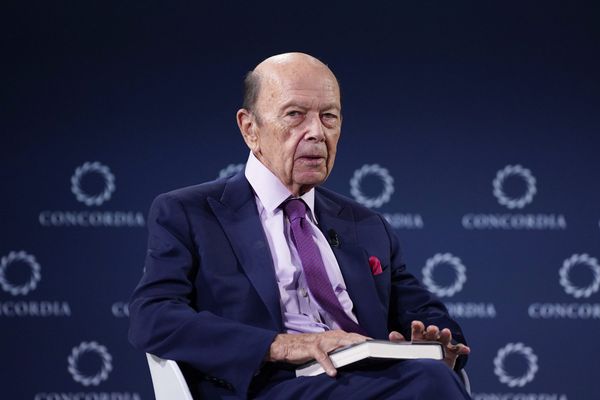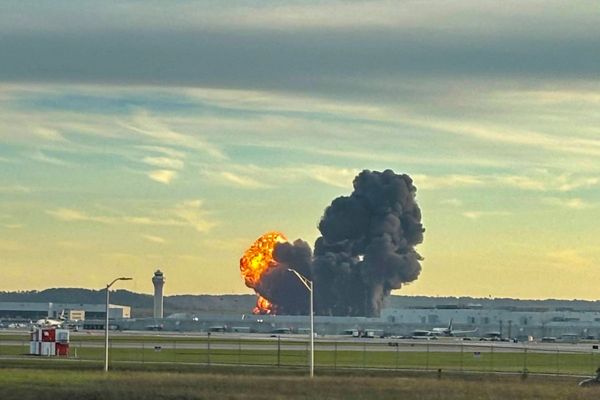
Assisted living facilities have long been viewed as places where seniors can receive care while maintaining some degree of independence and dignity. Families often choose these facilities because they promise a balance between safety and privacy, offering a supportive environment without the rigid structure of a nursing home.
However, in recent years, a quiet but significant shift has been taking place inside many of these facilities—one that’s raising serious concerns among privacy advocates, elder rights groups, and even some families. Surveillance technology, once limited to security cameras in common areas, is now becoming deeply embedded in daily life within assisted living communities.
From hidden cameras and motion sensors to voice-activated devices and facial recognition tools, a growing number of facilities are installing sophisticated monitoring systems to track residents’ movements, habits, and even conversations. Supporters argue that these tools enhance safety and prevent abuse, but critics warn they may be crossing a line, turning once-private spaces into 24/7 surveillance zones.
Here’s why surveillance is quietly becoming the norm in assisted living, and what seniors and their families need to understand about its growing reach.
Surveillance in Assisted Living Facilities On The Rise
The Push for Safety and Liability Protection
At the heart of this surveillance boom is a growing emphasis on safety and an effort to reduce legal risk for facilities. Many assisted living communities now use cameras and motion detectors to monitor hallways, dining areas, and recreation spaces, citing the need to prevent falls, track medical emergencies, and deter theft or assault.
Some facilities have gone even further by installing cameras in private rooms, either with residents’ consent or under the approval of their families or legal guardians. These cameras are marketed as tools to detect emergencies, monitor caregivers, and provide peace of mind for families concerned about abuse or neglect.
Additionally, in an increasingly litigious society, some facility operators admit that surveillance protects them from lawsuits. Recorded footage can serve as evidence to defend against liability claims or disputes over resident injuries, often tipping the balance in legal battles.
Families Driving Demand for Monitoring Technology
While many surveillance efforts are initiated by facility operators, it’s often families themselves who push for more monitoring tools. Adult children worried about aging parents may request devices that alert them if a loved one falls or fails to take medication.
Some families go so far as to install their own cameras, sometimes without informing facility staff or other residents. These devices, including nanny cams and smart speakers with video capabilities, are seen by many as a necessary safeguard against elder abuse, particularly in facilities with high staff turnover or histories of complaints.
However, these well-intentioned efforts can quickly erode the privacy of not just the resident being monitored, but also roommates, visitors, and staff members who may be recorded without their consent.
Surveillance Creeping Into Personal Spaces
What once started as hallway security cameras has now expanded into deeply personal areas of residents’ lives. Many assisted living facilities now use motion sensors inside private rooms to detect unusual activity, such as prolonged periods of immobility that may suggest a fall.
Some communities also rely on voice-assisted devices like smart speakers to allow residents to call for help, but these devices often collect far more data than residents realize, including conversations and ambient noise.
In more advanced cases, facilities are beginning to experiment with facial recognition software to track residents’ movements throughout the building. While these tools can identify wandering or prevent unauthorized exits, they also introduce constant monitoring of every step residents take, sometimes without their full awareness or understanding.

Legal Gray Areas and Privacy Concerns
One of the most troubling aspects of the rise in surveillance in assisted living is the legal ambiguity surrounding it. Unlike hospitals or skilled nursing facilities, assisted living communities operate under a patchwork of state regulations that often don’t address modern surveillance technologies.
In many states, there are few restrictions on installing cameras or monitoring devices in private rooms, especially if a resident or family member consents. But critics argue that many seniors don’t fully understand the implications of these systems, especially those with cognitive impairments or dementia.
Additionally, shared living spaces create complex legal questions about the privacy rights of roommates or visitors. Even staff members have voiced concerns about being recorded during intimate care activities, such as bathing or dressing residents.
These privacy concerns are only growing louder as more facilities adopt surveillance systems without clear, transparent policies or opportunities for residents to opt out.
The Psychological Impact on Seniors
Beyond the legal and ethical debates, there’s growing concern about the psychological toll surveillance takes on seniors themselves. Advocates for elder rights warn that constant monitoring can leave residents feeling anxious, powerless, or mistrusted.
Living under near-constant surveillance may discourage seniors from fully engaging in their communities, especially if they fear being watched or judged for their behavior. In some cases, residents withdraw from social activities or isolate themselves to avoid being recorded.
For many seniors, this erasing of personal space feels like a loss of dignity—a fundamental violation of their right to privacy in what’s supposed to be their home.
How the Quiet Spread of Surveillance in Assisted Living Raises Tough Questions
The steady rise of surveillance in assisted living facilities reveals a troubling dilemma: How do we balance safety and autonomy for seniors in vulnerable settings?
While many families and facility managers see monitoring technology as a necessary tool to prevent abuse and accidents, critics warn that this surveillance creep may be compromising the very values these communities are meant to uphold: dignity, privacy, and independence.
Seniors and their loved ones must now navigate difficult questions. Is safety worth sacrificing privacy? Should families install their own monitoring tools? And what rights do seniors have to refuse being watched in their own homes? As more assisted living communities quietly adopt these technologies, it’s clear that these conversations can no longer be ignored.
Do you think surveillance in assisted living goes too far, or is it a necessary measure for safety? How would you feel about being monitored in your home?
Read More:
Why Are So Many Seniors Being Evicted from Assisted Living?
The Strange Laws Still on the Books That Target Seniors
The post The Silent Rise of Surveillance in Assisted Living Facilities appeared first on Clever Dude Personal Finance & Money.







